Sudwala Caves
These otherworldly caverns form Earth's oldest known cave system.
The Sudwala Caves in Mpumalanga, South Africa, are the oldest known caves in the world. They began to form about 240 million years ago as natural acid in groundwater seeped through the faults and joints of the region’s Precambrian dolomite rock. To put that unimaginable length of time into some context, when the cave formation began, Africa was still a part of Gondwana, the supercontinent that incorporated present-day South America, Africa, Arabia, Madagascar, India, Australia, and Antarctica.
The caves are part of the Malmani Dolomite Ridge. Near the entrance to the system is a massive chamber measuring 230 feet (70 meters) in diameter and 121 feet (37 meters) high from the center of the chamber to its dome-like ceiling. The chamber is known as the PR Owen Hall, after Philippus Rudolf Owen. In 1965, Owen purchased the land on which the caves are found and opened them up to the public.
Many other named features exist within the spectacular cave system, which stretches for many miles. There are strange speleothem structures—stalagmites, stalactites, and flowstones —with names like Samson’s Pillar, the Rocket, and the Screaming Monster. These began to form between 140 and 200 million years ago; the growth rate for a stalactite in the Sudwala Caves is about one inch (2.5 centimeters) per century. Other nooks and bizarre outcroppings bear titles such as the Devil’s Workshop and Fairyland, while a natural pattern on the ceiling of one chamber is known as the Map of Africa.
Apart from primitive microbial fossils and a colony of about 800 horseshoe bats, signs of life inside the Sudwala Caves are scarce. Humans, however, have made their mark. Homo habilis, one of the earliest members of the genus Homo, lived in the caves around 1.8 million years ago, and some of their primitive stone tools have been found inside, along with archaeological finds dating to a few thousand years B.C. (some of these artifacts are displayed near the cave entrance).
Far more recently, the caves served as a fortress and refuge for the Swazi prince Somquba. In the mid-1800s, Somquba was locked in a power struggle with his brother and heir apparent, Mswati. During the conflict, Somquba used the caves as a refuge with its own source of fresh water and plenty of room to stockpile food and house cattle.
It was also a natural fortress, with a narrow entrance that could be easily watched and defended. Many battles took place at the entrance, which was under the charge of Sudwala, Somquba’s captain, after whom the caves were named. On various occasions, Mswati’s forces tried to smoke Sudwala and his men out of the cave, or suffocate them inside it, by starting fires at the entrance (burn marks can still be seen today). But due to a natural flow of air which exists inside the cave—the source of which is still unknown—Somquba and Sudwala were able to survive.
The caves were later used by the Boers to store ammunition during the Second Boer War, which lasted from 1899 to 1902. At the end of the war, rumors began to circulate that President Paul Kruger had hidden a hoard of gold in the caves to protect it from the British. Known as the “Kruger Millions,” the treasure trove of gold coins is estimated to be worth around U.S. $500,000,000 in today’s terms. It still hasn’t been found.
Since the 1970s, the main chamber of the Sudwala Caves has also been used as a concert hall. Capable of seating 500 people, it apparently has fantastic acoustics and a pleasant temperature, the latter thanks to the same flow of fresh air, the origin of which is still unknown, that saved Somquba.
Know Before You Go
The Sudwala Caves are located about 17 miles west of Mbombela (previously called Nelspruit) in the Mpumalanga province of South Africa. To get to the caves, turn off the N4 onto the R539 and continue for about six miles until you see a sign for Sudwala. Take the turning and follow the signs for just over a mile until you reach the caves. The caves are open every day of the year from 8:30 a.m. to 4:30 p.m. The standard entrance fee for adults is R100 (about $7.15 US). Or you can pay R450 ($32) for the Crystal Tour, which takes you about 1.25 miles into the caves to the “Crystal Chamber,” which is full of sparkling aragonite crystals.
Community Contributors
Added by
Edited by
Plan Your Trip
The Atlas Obscura Podcast is Back!



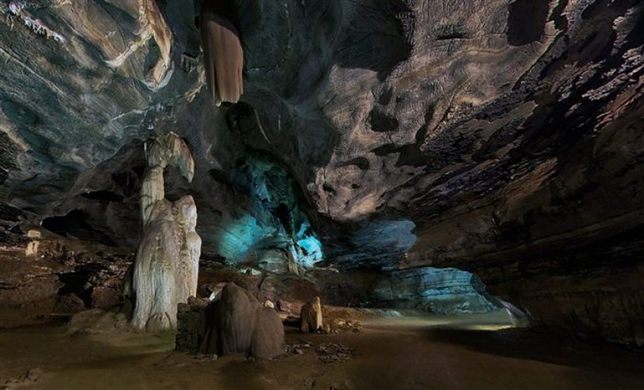
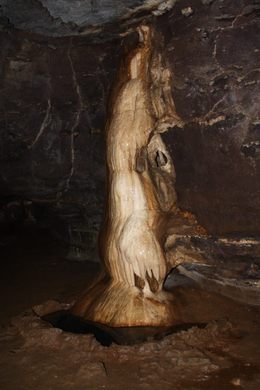
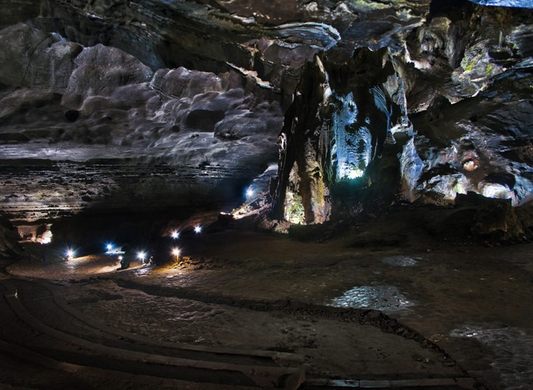










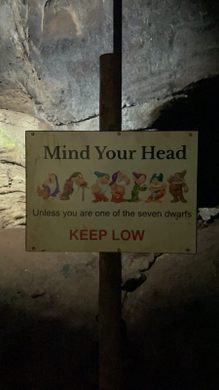





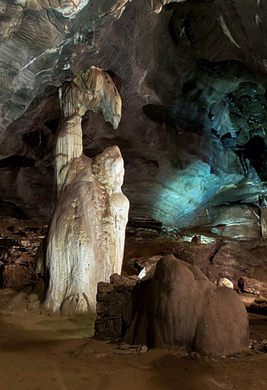







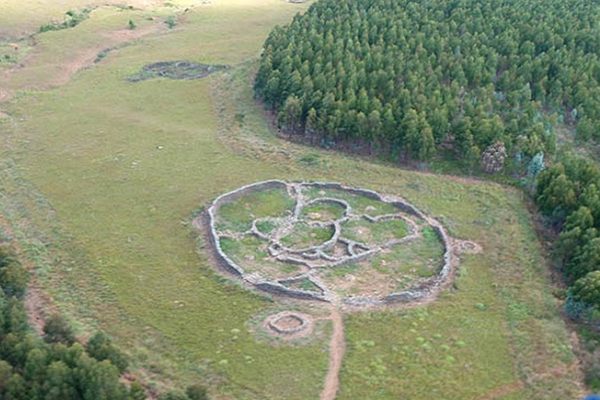


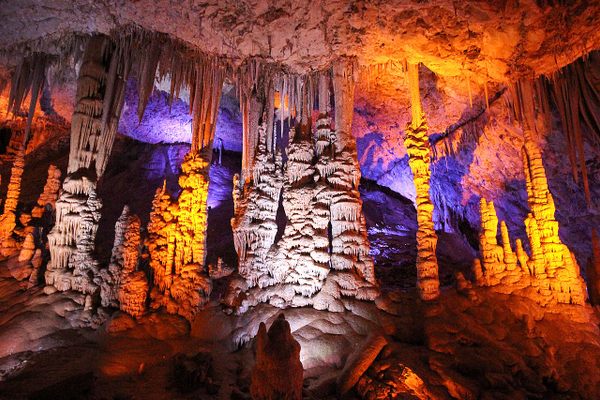

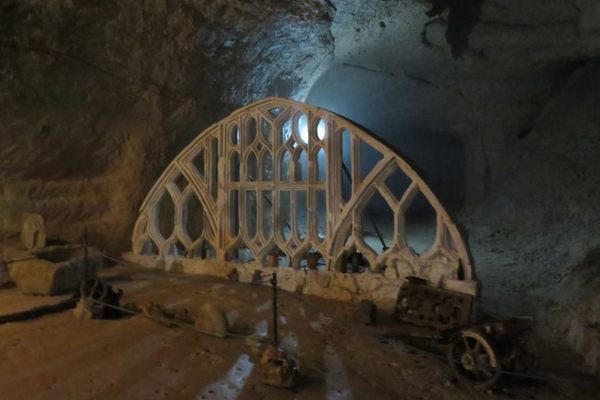


Follow us on Twitter to get the latest on the world's hidden wonders.
Like us on Facebook to get the latest on the world's hidden wonders.
Follow us on Twitter Like us on Facebook